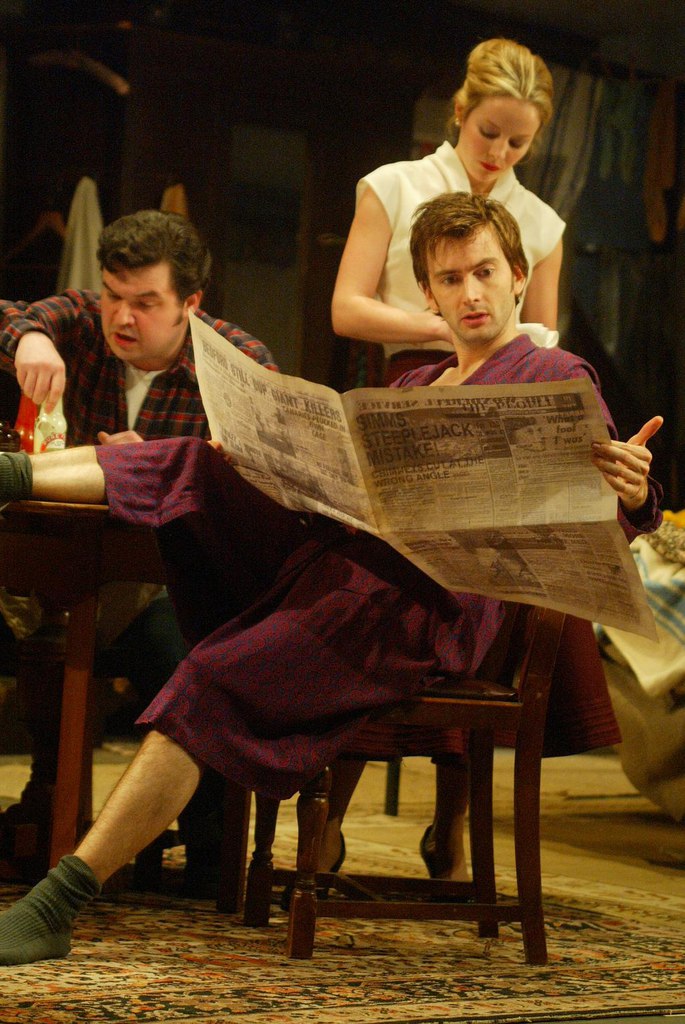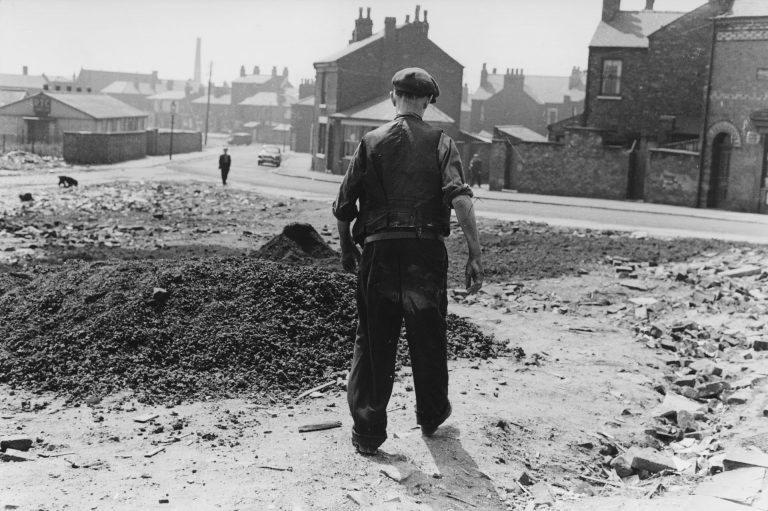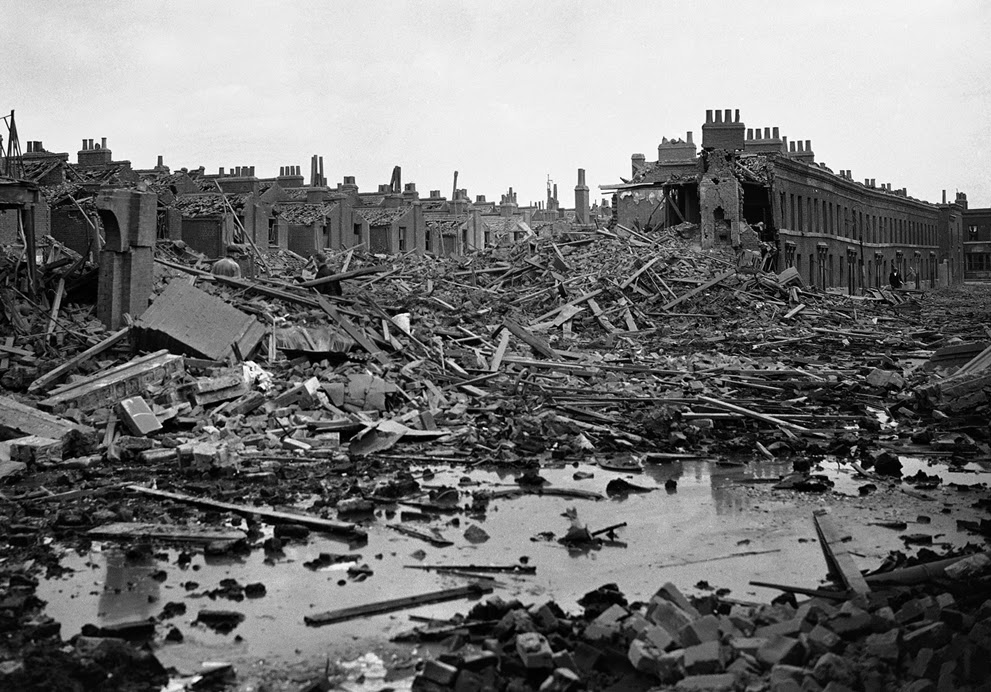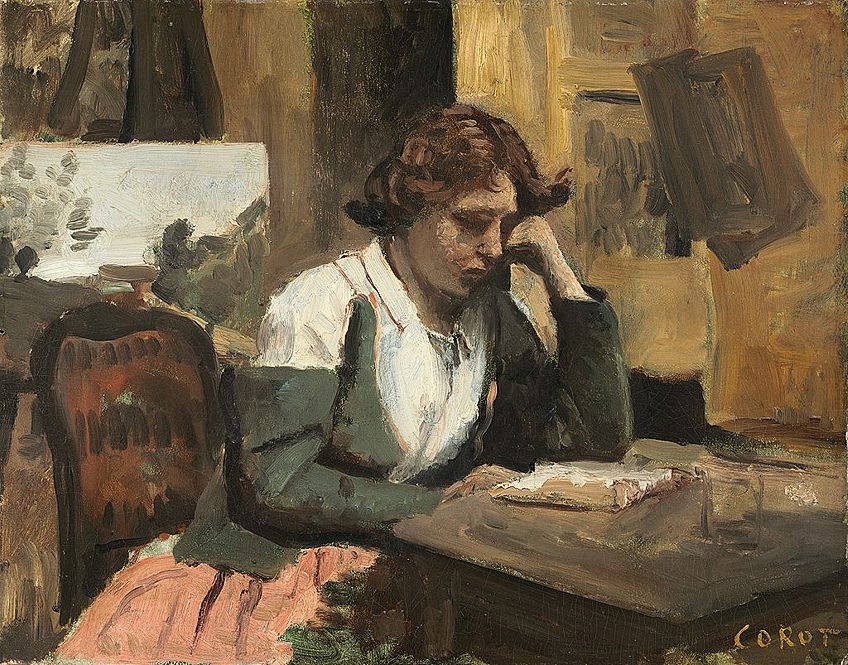The British Kitchen Sink Realism movement was a cultural and artistic movement that emerged in post-war Britain. It was a response to the prevailing attitudes and social realities of the time, and it aimed to present a raw and unvarnished depiction of working-class life. This movement had a significant impact on British art, literature, and cinema, and it continues to influence artists and writers to this day.British Kitchen Sink Realism Movement
One of the key figures of the British Kitchen Sink Realism movement was the artist John Bratby. He was known for his gritty and realistic paintings of domestic scenes, often featuring cluttered and messy kitchens. Bratby's work reflected the mundane and often chaotic reality of everyday life in working-class homes, and it challenged the traditional ideas of beauty and aesthetics in art.John Bratby
Another influential figure in the British Kitchen Sink Realism movement was playwright John Osborne. His groundbreaking play, Look Back in Anger, was a scathing critique of the post-war British society and its class divisions. The play was a huge success and became a symbol of the movement, earning Osborne the title of the "godfather of the Angry Young Men."John Osborne
Look Back in Anger was a revolutionary play that shook the traditional British theater scene. It portrayed the struggles of a young working-class couple, Jimmy and Alison, and their volatile relationship. The play was a powerful commentary on the frustrations and disillusionment of the post-war generation, and it captured the essence of the British Kitchen Sink Realism movement.Look Back in Anger
The term "Angry Young Men" was used to describe a group of British writers and artists who emerged in the 1950s. They were known for their rebellious and disillusioned attitudes towards the traditional British society and its values. These artists, including John Osborne, were at the forefront of the British Kitchen Sink Realism movement, and their works reflected the social and political realities of the time.Angry Young Men
Kitchen Sink Drama is a term used to describe plays and films that feature realistic settings and characters from the working-class. These dramas often depict the struggles and challenges faced by ordinary people, and they often have a gritty and raw tone. This genre became popular in the 1950s and 1960s, with the emergence of the British Kitchen Sink Realism movement.Kitchen Sink Drama
Social Realism is an artistic and literary movement that emerged in the early 20th century. It aimed to present a realistic and unvarnished depiction of society and its issues, often focusing on the struggles of the working-class. The British Kitchen Sink Realism movement was heavily influenced by Social Realism, and it sought to bring attention to the social and economic inequalities of post-war Britain.Social Realism
The British Kitchen Sink Realism movement emerged in the aftermath of World War II, a time of great social and economic change in Britain. The country was facing a housing crisis, high unemployment rates, and a widening gap between the rich and the poor. The movement reflected the struggles and realities faced by the working-class in this post-war era.Post-War Britain
The British Kitchen Sink Realism movement was part of a larger trend towards realism in art. Realism is an artistic style that aims to depict life as it is, without idealization or romanticization. It often focuses on everyday scenes and ordinary people, and it challenges traditional notions of beauty and aesthetics. The works of John Bratby and other artists of the British Kitchen Sink Realism movement were prime examples of this style.Realism in Art
The British New Wave Cinema was a film movement that emerged in the late 1950s and 1960s. It was heavily influenced by the British Kitchen Sink Realism movement and aimed to present a raw and realistic portrayal of working-class life. Films like Saturday Night and Sunday Morning and A Taste of Honey were groundbreaking examples of this movement, and they brought attention to the struggles and realities of post-war Britain. In conclusion, the British Kitchen Sink Realism movement was a powerful and influential cultural force that emerged in post-war Britain. It challenged traditional ideas of art and literature, and it brought attention to the struggles and realities of the working-class. Its impact can still be seen in modern art, literature, and cinema, making it a lasting and significant movement in British history.British New Wave Cinema
The Rise of British Kitchen Sink Realism Movement in House Design

The Beginning of a Movement
 The British Kitchen Sink Realism Movement emerged in the 1950s as a response to the idealized and glamorous depiction of middle-class life in mainstream media. It was a movement that aimed to showcase the gritty, everyday reality of working-class families in post-World War II Britain. The term "kitchen sink" refers to the inclusion of domestic household items, such as sinks and washing machines, in the artwork, symbolizing the mundane and ordinary aspects of daily life.
The British Kitchen Sink Realism Movement emerged in the 1950s as a response to the idealized and glamorous depiction of middle-class life in mainstream media. It was a movement that aimed to showcase the gritty, everyday reality of working-class families in post-World War II Britain. The term "kitchen sink" refers to the inclusion of domestic household items, such as sinks and washing machines, in the artwork, symbolizing the mundane and ordinary aspects of daily life.
A Departure from Traditional House Design
 This movement marked a significant departure from the traditional house design that was prevalent at the time. Instead of grand and luxurious homes, the focus shifted to more modest and realistic living spaces. The style was characterized by simple, functional, and unadorned interiors, with a heavy emphasis on functionality and practicality over aesthetics. This was a reflection of the working-class lifestyle, where homeowners often had limited resources and had to make do with what they had.
This movement marked a significant departure from the traditional house design that was prevalent at the time. Instead of grand and luxurious homes, the focus shifted to more modest and realistic living spaces. The style was characterized by simple, functional, and unadorned interiors, with a heavy emphasis on functionality and practicality over aesthetics. This was a reflection of the working-class lifestyle, where homeowners often had limited resources and had to make do with what they had.
Breaking Down Social Barriers
 British Kitchen Sink Realism was not just an artistic movement; it was a social and political statement. By showcasing the everyday struggles of working-class families, it aimed to break down social barriers and give a voice to the marginalized. It challenged the societal norms and shed light on the harsh realities of poverty and inequality, which were often swept under the rug in mainstream media.
British Kitchen Sink Realism was not just an artistic movement; it was a social and political statement. By showcasing the everyday struggles of working-class families, it aimed to break down social barriers and give a voice to the marginalized. It challenged the societal norms and shed light on the harsh realities of poverty and inequality, which were often swept under the rug in mainstream media.
Influence on Modern House Design
 The impact of the British Kitchen Sink Realism Movement can still be seen in modern house design. The focus on functionality and practicality has become a staple in contemporary homes, with the rise of minimalist and industrial styles. The movement also paved the way for more diverse and inclusive representation in art and design, breaking away from the traditional Eurocentric ideals.
The impact of the British Kitchen Sink Realism Movement can still be seen in modern house design. The focus on functionality and practicality has become a staple in contemporary homes, with the rise of minimalist and industrial styles. The movement also paved the way for more diverse and inclusive representation in art and design, breaking away from the traditional Eurocentric ideals.
Conclusion
 The British Kitchen Sink Realism Movement may have started as a protest against the idealized portrayal of middle-class life, but it has become a significant influence in the world of house design. It has not only shaped the way we design our homes but also challenged societal norms and sparked important conversations about class and representation. This movement continues to inspire and push boundaries, making it an essential part of the history of house design in Britain.
The British Kitchen Sink Realism Movement may have started as a protest against the idealized portrayal of middle-class life, but it has become a significant influence in the world of house design. It has not only shaped the way we design our homes but also challenged societal norms and sparked important conversations about class and representation. This movement continues to inspire and push boundaries, making it an essential part of the history of house design in Britain.

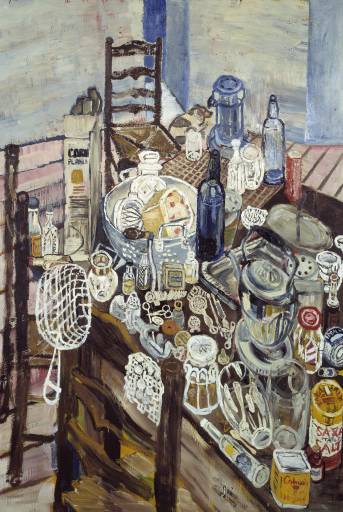





.jpg)





.jpg)
.jpg?mode=max)
.jpg?maxwidth=3030&maxheight=1950)













